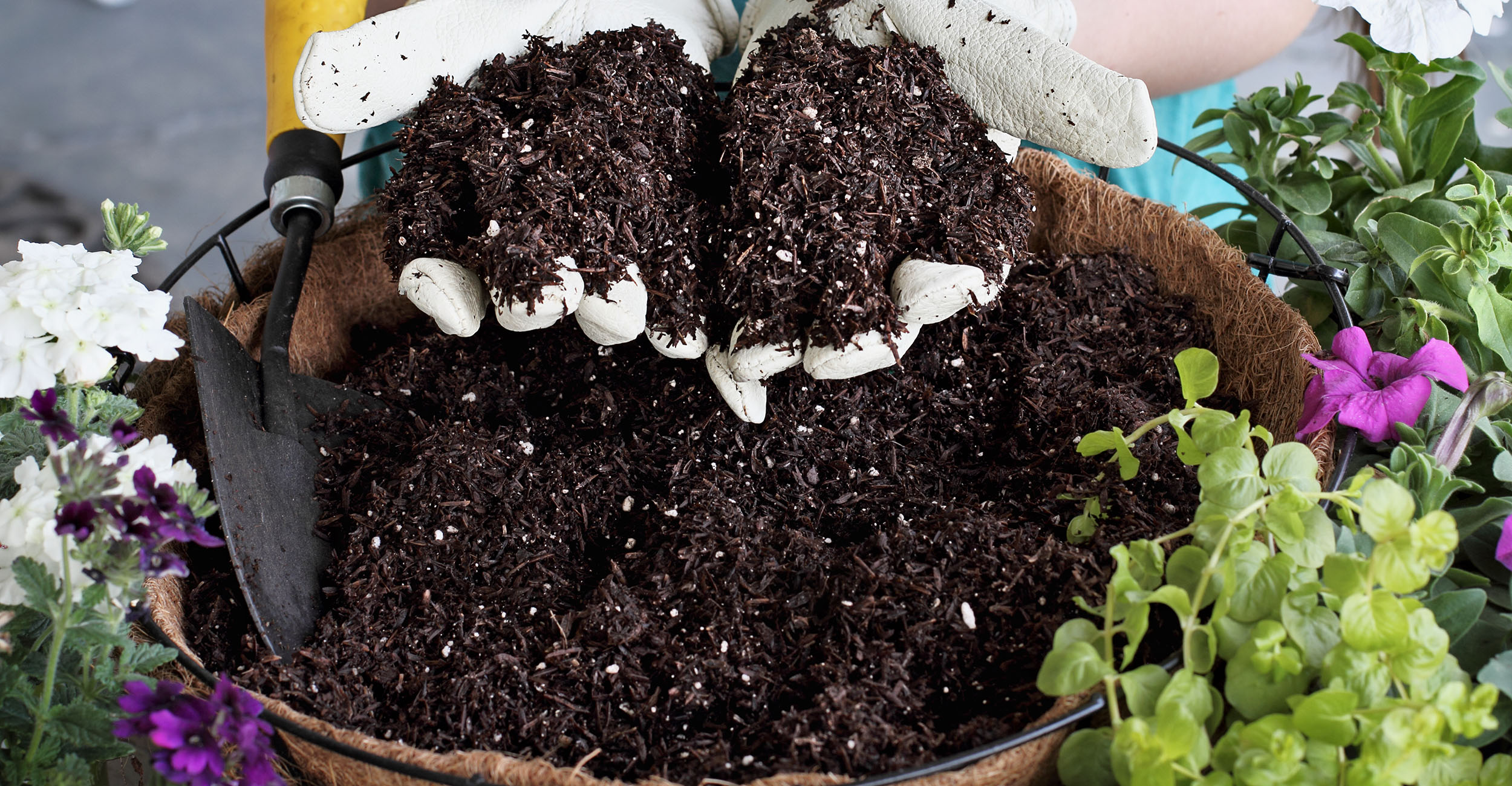
Gardeners can reuse, recycle last year’s potting soil
Monday, May 1, 2023
Media Contact: Trisha Gedon | Sr. Communications Specialist | 405-744-3625 | trisha.gedon@okstate.edu
With inflation at an all-time high, gardeners may look for a few dirt-cheap ways to still enjoy their pastime. Instead of replacing the potting soil in all of their planting containers, some gardeners reuse potting mix from the past year or two. But is this a good option for the plants?
“Your wallet can take a hit if you replace potting soil every year. Of course, that depends on how much you use annually,” said David Hillock, Oklahoma State University Extension consumer horticulturist. “Keep in mind, potting soil isn’t soil in the traditional sense. It’s a combination of peat, vermiculite and composted matter. If your plants did well last year and weren’t showing any signs of disease, go ahead and reuse it this season.”
Even though the potting soil still looks good, gardeners may have to amend the potting medium for optimal results. In the previous growing season, plants used nutrients in the potting soil that were added when it was manufactured.
Nutrients also leach out from the soil as plants are irrigated. Gardeners who opt to reuse potting soil this season will need to improve the porosity and fertility of the soil before planting new plants.
Porosity is the presence of air pockets and drainage space. Used soil will be more compact than fresh potting medium. The added fertilizers in a new bag of potting soil generally last three to six months; therefore, a slow-release fertilizer will need to be added to the used soil this season.
“Another option for gardeners who have larger containers is to remove only the top 6 inches or so of the old potting soil and replace it with new potting soil,” he said. “Since they aren’t replacing all the soil, they’re saving money while still refreshing the upper area, which will aid in root growth. As gardeners begin to add the new potting soil, they should mix it into the old potting soil as they go.”
Hillock cautions gardeners against reusing potting soil if they had problems with diseases, weeds or insects last year. Viruses, fungi and bacteria will remain in the potting soil long after the life of the plant.
“It’s possible to destroy these pathogens, but it isn’t worth the risk. The time, effort and money you put into gardening outweigh the cost savings of reusing an infected potting medium,” he said.
Hillock advises gardeners to use recycled potting soil with plants that don’t require rich soil to thrive.
“If you choose to replace the potting soil in your containers, don’t just toss the old stuff. Add the used potting soil to your compost pile,” he said. “A good compost pile has a mixture of green material, brown material and soil. The finished compost can be used to fill garden containers later in the season. The used potting soil can also be added to garden beds.”
OSU Extension offers additional gardening information.
